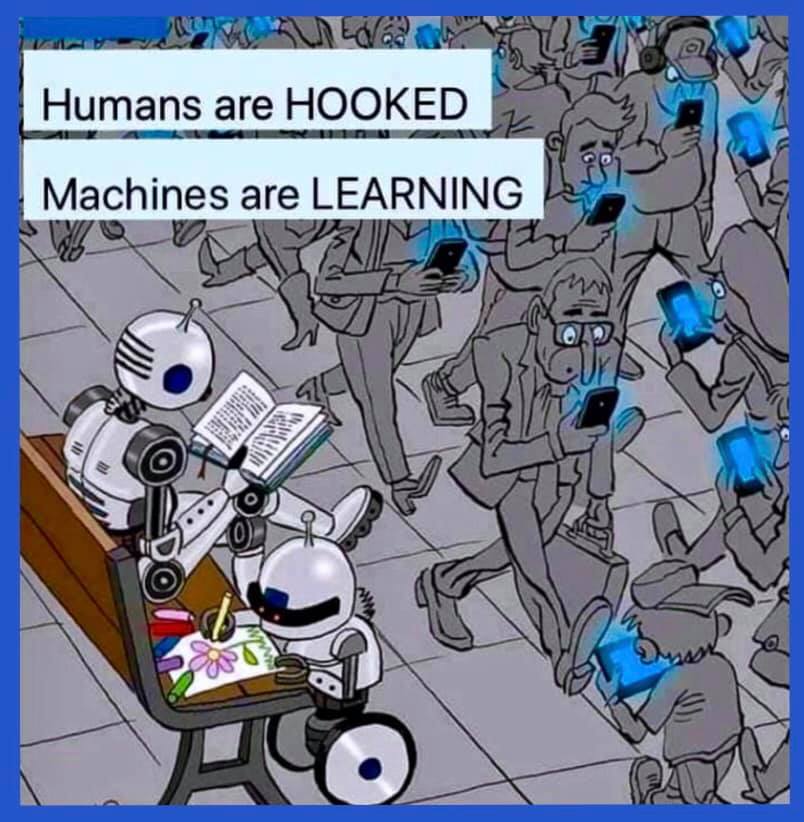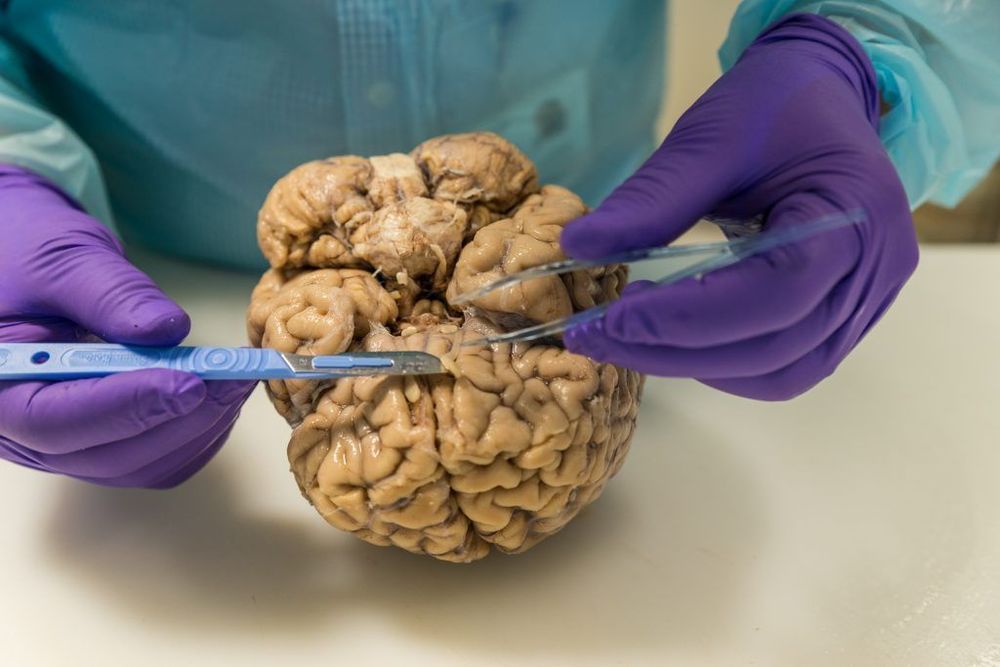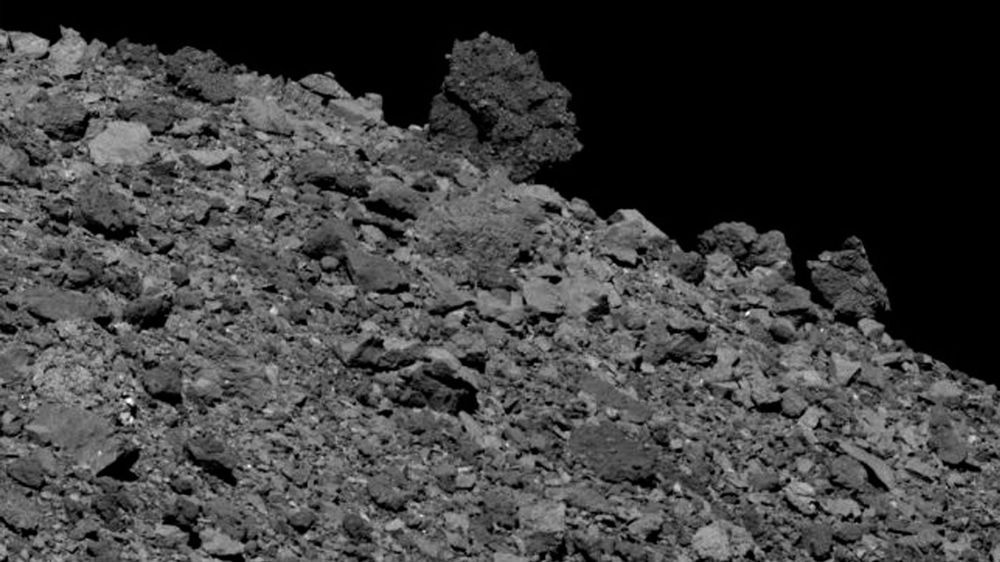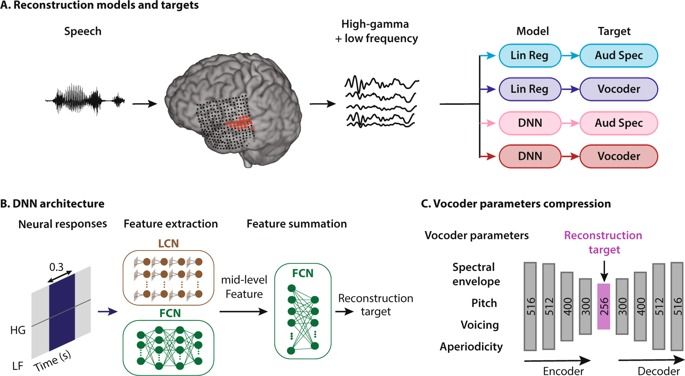Page 8525
Jul 17, 2019
Deciphering the Mystery of Vile Vortices
Posted by Richard Christophr Saragoza in category: futurism
A vile vortex is any of twelve purported particular geographic areas, arranged in a pattern around the Earth. The term was coined by Ivan T. Sanderson, who cataloged them as the sites of unexplained disappearances and other mysterious phenomena.
The mysteries of the deep blue sea have always enticed us. One such mystery is that of the vile vortices which though solved, raise several doubts for their being.
Jul 17, 2019
SpaceX pinpoints cause of Crew Dragon explosion, looks forward to safer spacecraft
Posted by Alberto Lao in category: space travel
The cause of a SpaceX explosion that resulted in the destruction of a crew capsule and sent orange smoke into Space Coast skies has been pinpointed, the spaceflight company confirmed Monday.
Just 100 milliseconds before an uncrewed Crew Dragon capsule fired its eight SuperDraco thrusters during a test at Cape Canaveral Air Force Station on April 20, the capsule exploded, leaving Landing Zone 1 littered with fire, debris and chemicals. The cause, SpaceX said, was traced down in recent weeks to a reaction between a liquid oxidizer – nitrogen tetroxide, or NTO – and a titanium check valve, which caused an ignition and the subsequent explosion.
According to accident investigators, a component allowed nitrogen tetroxide to leak into the spacecraft’s pressurization system tubes well before testing began. When the pressurization system activated and attempted to simulate a firing of the SuperDraco thrusters, a “slug” of the NTO that had leaked into the tubes was blasted through at high speed, resulting in ignition with the titanium valve.

We need these biodegradable “plastic” bags everywhere.
Check us out on Instagram: https://attn.link/2LdWfTp
Jul 17, 2019
Scientists Bring A Severed Brain Back To Life, Sparking Ethical Debate
Posted by Richard Christophr Saragoza in categories: biotech/medical, health
Nothing is impossible … just don’t get queasy when Human bionodes are able to experience the consciousness of other people’s bodies.
NEW HAVEN, Conn. (CBS Local) – Has science gone too far? That’s the question some experts are asking after Yale University researchers announced that they have successfully reanimated a pig’s brain, which had been severed from its body.
Pittsburgh News From KDKA, CBS Channel 2
Continue reading “Scientists Bring A Severed Brain Back To Life, Sparking Ethical Debate” »
Jul 17, 2019
Boston Dynamics’ robots are preparing to leave the lab — is the world ready?
Posted by Genevieve Klien in category: robotics/AI
Jul 17, 2019
NASA probe snaps closest and most detailed photos of asteroid ever captured
Posted by Alberto Lao in category: space
In the dark and lonely place that is space, NASA’s OSIRIS-REx mission has managed to reach a new level of proximity as it studies an asteroid.
After a manoeuvre, the spacecraft in NASA’s asteroid study mission is orbiting closer to a planetary body than any spacecraft has ever come, the space agency said.
The mission recently entered a new phase where the spacecraft will orbit about 2,231 feet above the asteroid Bennu’s surface.
Jul 17, 2019
Machine Learning Identifies Potential Anti-Cancer Molecules in Food
Posted by Steve Hill in categories: biotech/medical, food, internet, robotics/AI
The internet is rife with myths and articles making dubious claims about certain foods and their anti-cancer properties. We have all seen the articles of questionable scientific merit gracing social media suggesting that such-and-such foods can cure cancer, the majority of which are highly questionable. A new study offers a unique kind of insight into the potential true effectiveness of food in fighting cancer [1].
Investigating molecules in food with machine learning
There is no doubt that there are many foods that contain a myriad of active molecules, and perhaps some of these food myths may have a grain of truth to them. A team of researchers decided to do some real myth-busting and put a variety of bioactive molecules found in foods to the test to see if they might potentially help to combat cancer.
Jul 17, 2019
Towards reconstructing intelligible speech from the human auditory cortex
Posted by Paul Battista in categories: biotech/medical, cyborgs, information science, robotics/AI
Auditory stimulus reconstruction is a technique that finds the best approximation of the acoustic stimulus from the population of evoked neural activity. Reconstructing speech from the human auditory cortex creates the possibility of a speech neuroprosthetic to establish a direct communication with the brain and has been shown to be possible in both overt and covert conditions. However, the low quality of the reconstructed speech has severely limited the utility of this method for brain-computer interface (BCI) applications. To advance the state-of-the-art in speech neuroprosthesis, we combined the recent advances in deep learning with the latest innovations in speech synthesis technologies to reconstruct closed-set intelligible speech from the human auditory cortex. We investigated the dependence of reconstruction accuracy on linear and nonlinear (deep neural network) regression methods and the acoustic representation that is used as the target of reconstruction, including auditory spectrogram and speech synthesis parameters. In addition, we compared the reconstruction accuracy from low and high neural frequency ranges. Our results show that a deep neural network model that directly estimates the parameters of a speech synthesizer from all neural frequencies achieves the highest subjective and objective scores on a digit recognition task, improving the intelligibility by 65% over the baseline method which used linear regression to reconstruct the auditory spectrogram. These results demonstrate the efficacy of deep learning and speech synthesis algorithms for designing the next generation of speech BCI systems, which not only can restore communications for paralyzed patients but also have the potential to transform human-computer interaction technologies.

















